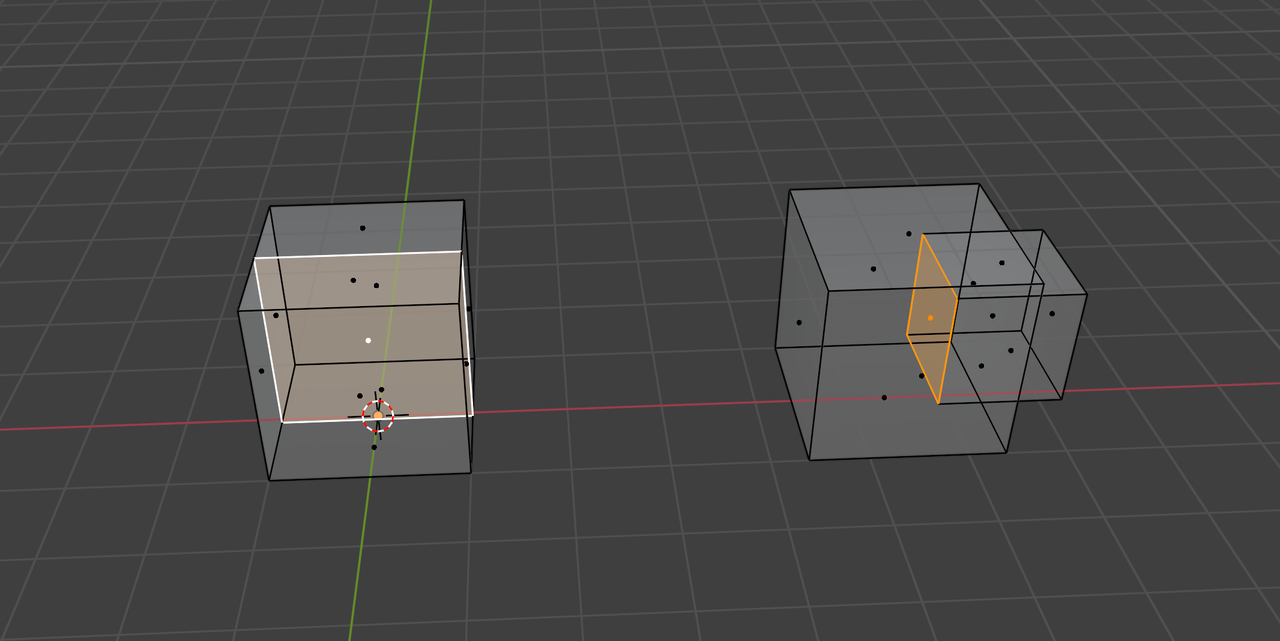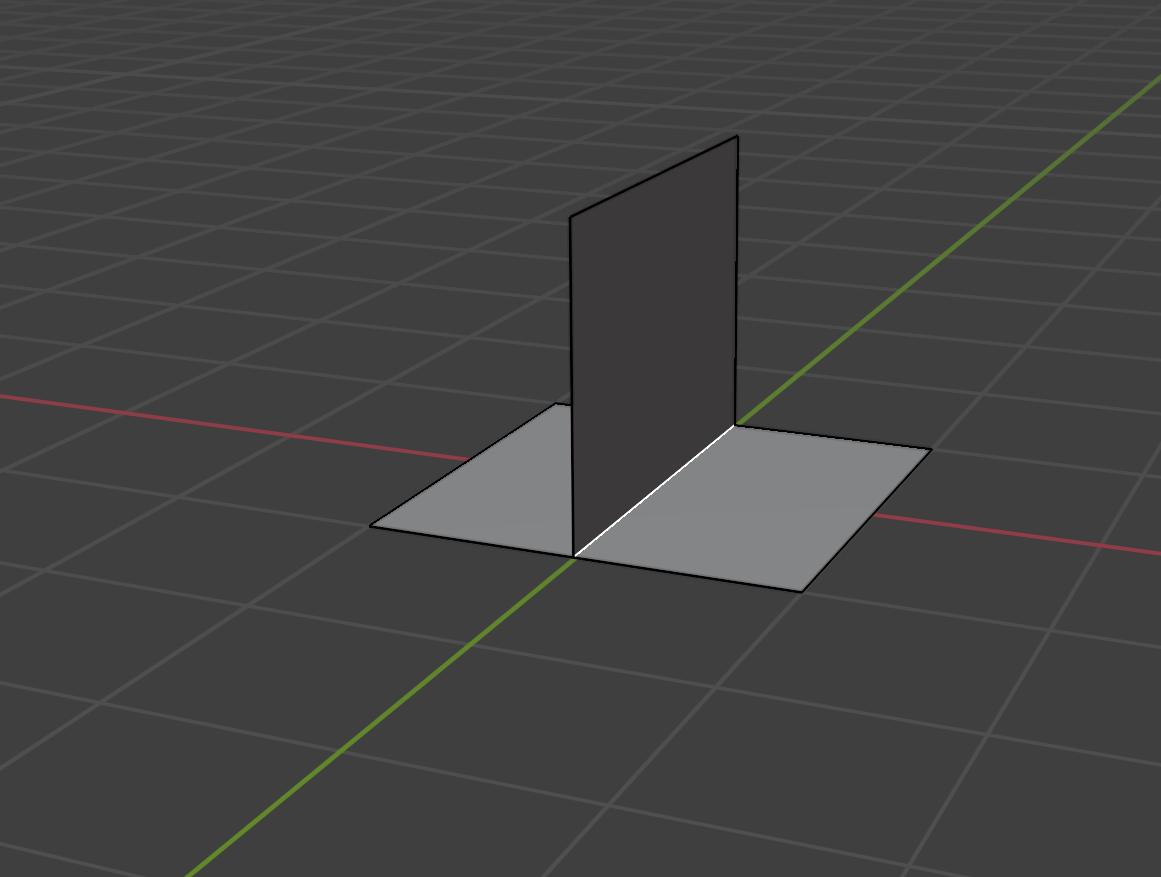Q: When is it OK to leave faces, or to have mesh elements criss-crossing each other? When should they be deleted? Kent deletes internal faces because 'they can be problematic.' Separately, the wood boards of the bench cross through the vertical legs, and the arm rests are extended into the back of the bench. I'm sure this is a nuanced answer, so I'll ask, "Ask a learner, generally, when should I line up all faces and delete all excess, vs when can I have intersecting mesh-parts?
I'm not too concerned about best-practices just yet, but I'm keeping an eye in that direction.
Comment: The note about the active element is gold! As a Beginner +, common commands are well established. Of course, I know and use the pivot point drop down, but little reminders and highlights like that are what I need more of at this stage.
Beginner + is tricky stage for both learners and educators. Examples like leveraging the active element have actually been few and far between, yet are incredibly useful. I vote for more of these gems.
Good stuff so far!
Eric
If the mesh is one piece(All vertices are linked) then you don't want faces overlapping or inside the mesh. If they are separate pieces then intersecting is fine in most cases.(All cases that I've ran into so far) In your example the legs and arms are separate pieces compared to the boards. So, if you where making a complex leg/arm that is a solid piece then no overlap, or internal faces. When you're working with multiple pieces inside of the same object you can select individual pieces by puting mouse cursor over a vertex and pressing L. Most people will model each piece as a separate object then join them afterwards.(Ctrl+j). If you use this method then each object can criss-cross, but while editing an object no criss-cross.
Hi Eric,
there is a difference between inner Faces and intersecting Geometry.
Here the left Cube has an Inner Face (often a big problem, should be avoided), while the two Cubes on the right are just intersecting and the selected Face is not considered an Inner Face (intersections like that are not pretty, but if not visible in close-up, more of a "who cares". You can still Delete that Face and leave the intersection.):

Basically, the problem is, when an Edge is connected to more than 2 Faces:

I hope that helps.
There are best practices, but as the name implies those are optional. But when it comes to mesh modeling, I wouldn't say the rules to follow fall into best practices, they are hard rules for having a clean controllable mesh, no way around that. So I guess for me the answer to that question is never, it's never ok to have things that break your topology. That said, of course we break the rules when it's convenient, there are parts of no impact here and there and you leverage the usefulness of an Ngon or a triangle from time to time. But you have to know the rules and stick to the rules to know when to break them.